Joo Seong Jeong
Accelerating Multi-Model Inference by Merging DNNs of Different Weights
Sep 28, 2020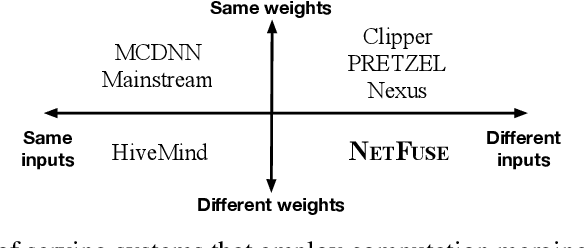
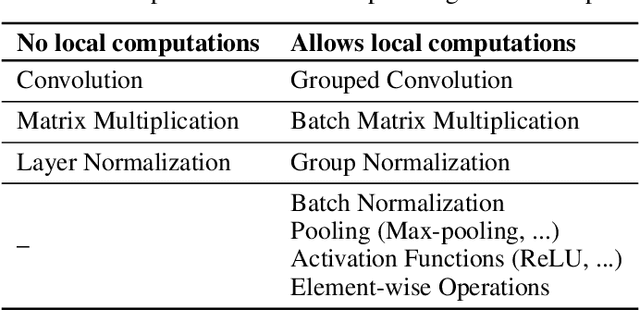
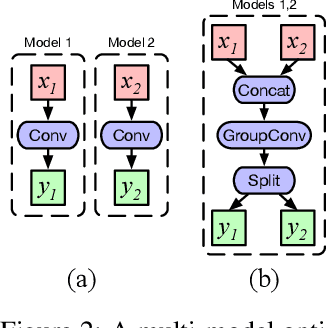

Abstract:Standardized DNN models that have been proved to perform well on machine learning tasks are widely used and often adopted as-is to solve downstream tasks, forming the transfer learning paradigm. However, when serving multiple instances of such DNN models from a cluster of GPU servers, existing techniques to improve GPU utilization such as batching are inapplicable because models often do not share weights due to fine-tuning. We propose NetFuse, a technique of merging multiple DNN models that share the same architecture but have different weights and different inputs. NetFuse is made possible by replacing operations with more general counterparts that allow a set of weights to be associated with only a certain set of inputs. Experiments on ResNet-50, ResNeXt-50, BERT, and XLNet show that NetFuse can speed up DNN inference time up to 3.6x on a NVIDIA V100 GPU, and up to 3.0x on a TITAN Xp GPU when merging 32 model instances, while only using up a small additional amount of GPU memory.
Hippo: Taming Hyper-parameter Optimization of Deep Learning with Stage Trees
Jun 22, 2020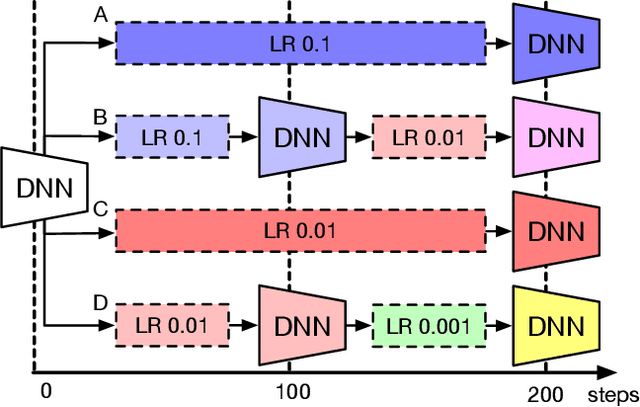

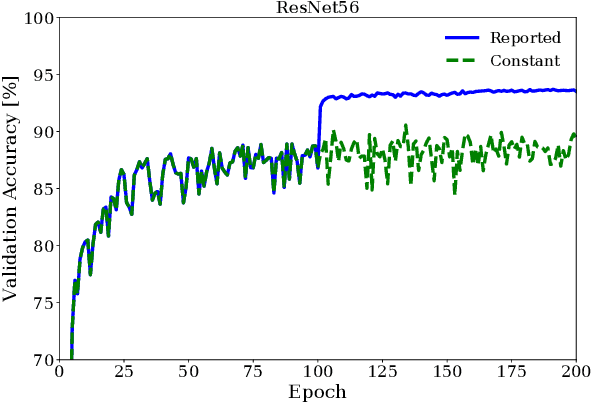
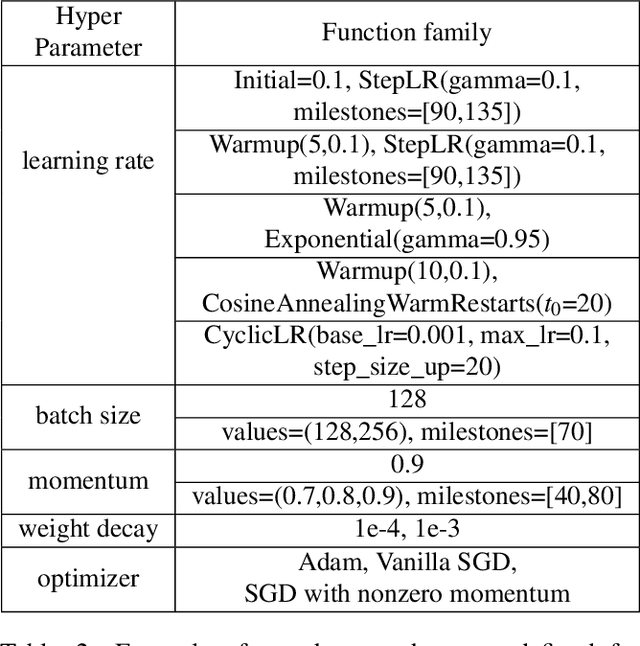
Abstract:Hyper-parameter optimization is crucial for pushing the accuracy of a deep learning model to its limits. A hyper-parameter optimization job, referred to as a study, involves numerous trials of training a model using different training knobs, and therefore is very computation-heavy, typically taking hours and days to finish. We observe that trials issued from hyper-parameter optimization algorithms often share common hyper-parameter sequence prefixes. Based on this observation, we propose Hippo, a hyper-parameter optimization system that removes redundancy in the training process to reduce the overall amount of computation significantly. Instead of executing each trial independently as in existing hyper-parameter optimization systems, Hippo breaks down the hyper-parameter sequences into stages and merges common stages to form a tree of stages (called a stage-tree), then executes a stage once per tree on a distributed GPU server environment. Hippo is applicable to not only single studies, but multi-study scenarios as well, where multiple studies of the same model and search space can be formulated as trees of stages. Evaluations show that Hippo's stage-based execution strategy outperforms trial-based methods such as Ray Tune for several models and hyper-parameter optimization algorithms, reducing GPU-hours and end-to-end training time significantly.
JANUS: Fast and Flexible Deep Learning via Symbolic Graph Execution of Imperative Programs
Dec 04, 2018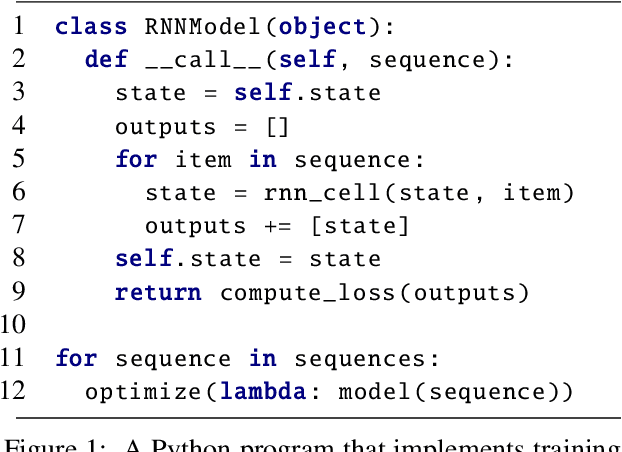
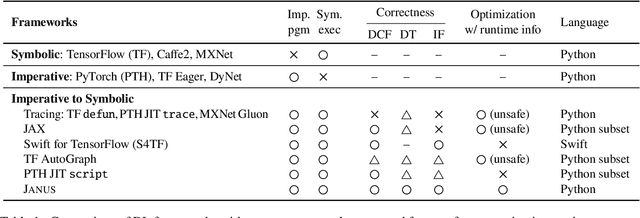
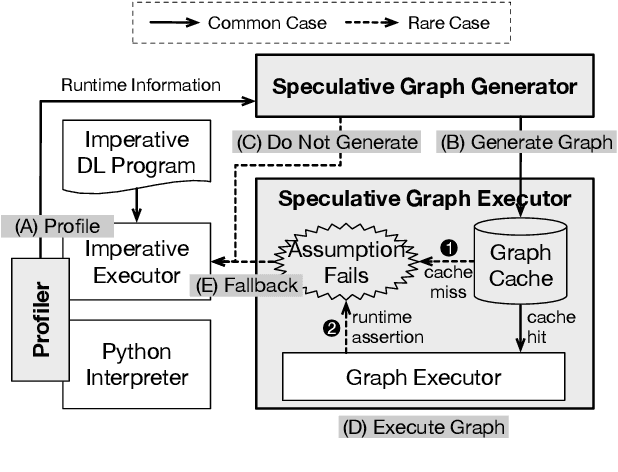
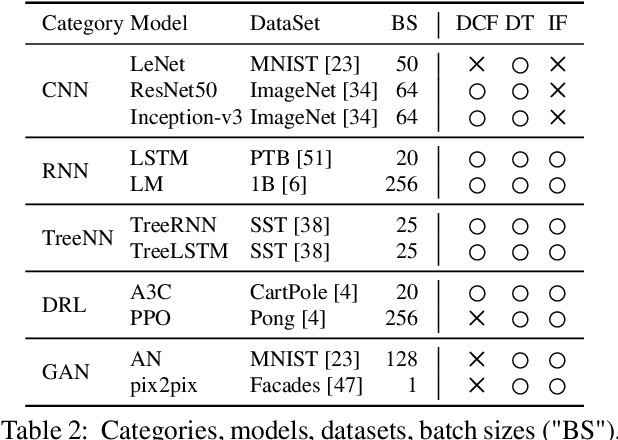
Abstract:The rapid evolution of deep neural networks is demanding deep learning (DL) frameworks not only to satisfy the traditional requirement of quickly executing large computations, but also to support straightforward programming models for quickly implementing and experimenting with complex network structures. However, existing frameworks fail to excel in both departments simultaneously, leading to diverged efforts for optimizing performance and improving usability. This paper presents JANUS, a system that combines the advantages from both sides by transparently converting an imperative DL program written in Python, the de-facto scripting language for DL, into an efficiently executable symbolic dataflow graph. JANUS can convert various dynamic features of Python, including dynamic control flow, dynamic types, and impure functions, into elements of a symbolic dataflow graph. Experiments demonstrate that JANUS can achieve fast DL training by exploiting the techniques imposed by symbolic graph-based DL frameworks, while maintaining the simple and flexible programmability of imperative DL frameworks at the same time.
* To appear at NSDI 2019
Improving the Expressiveness of Deep Learning Frameworks with Recursion
Sep 04, 2018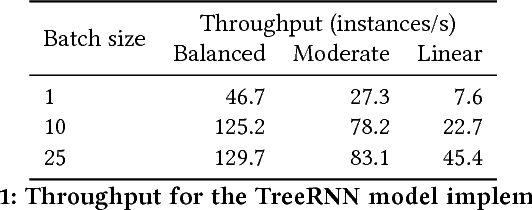
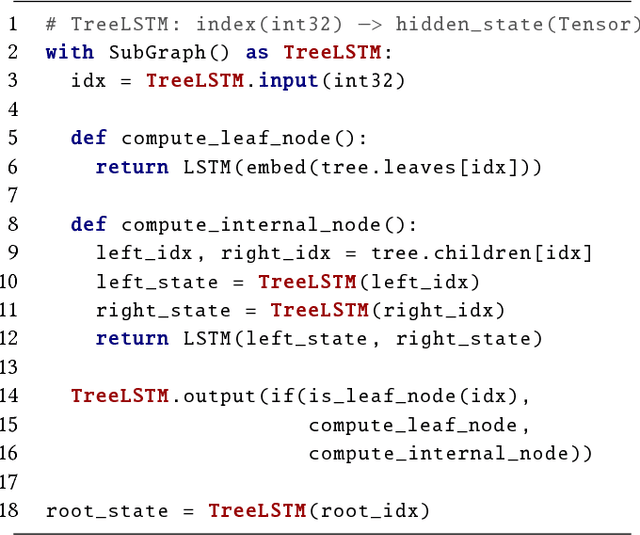
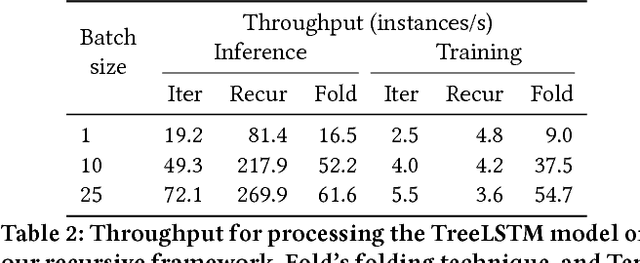
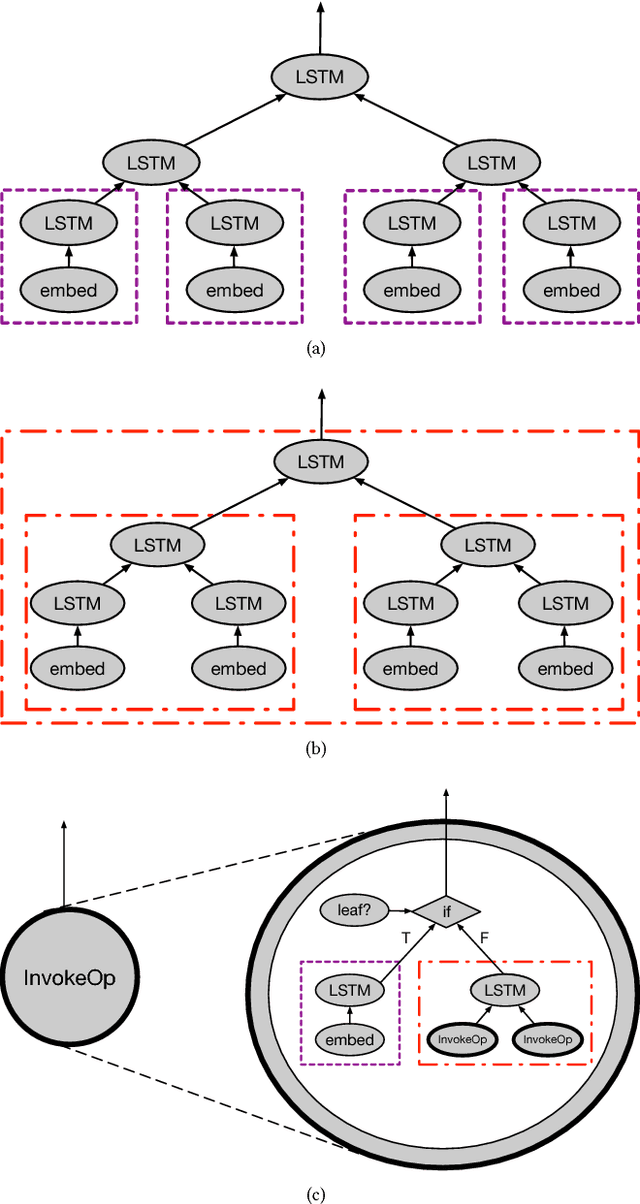
Abstract:Recursive neural networks have widely been used by researchers to handle applications with recursively or hierarchically structured data. However, embedded control flow deep learning frameworks such as TensorFlow, Theano, Caffe2, and MXNet fail to efficiently represent and execute such neural networks, due to lack of support for recursion. In this paper, we add recursion to the programming model of existing frameworks by complementing their design with recursive execution of dataflow graphs as well as additional APIs for recursive definitions. Unlike iterative implementations, which can only understand the topological index of each node in recursive data structures, our recursive implementation is able to exploit the recursive relationships between nodes for efficient execution based on parallel computation. We present an implementation on TensorFlow and evaluation results with various recursive neural network models, showing that our recursive implementation not only conveys the recursive nature of recursive neural networks better than other implementations, but also uses given resources more effectively to reduce training and inference time.
* Appeared in EuroSys 2018. 13 pages, 11 figures
 Add to Chrome
Add to Chrome Add to Firefox
Add to Firefox Add to Edge
Add to Edge